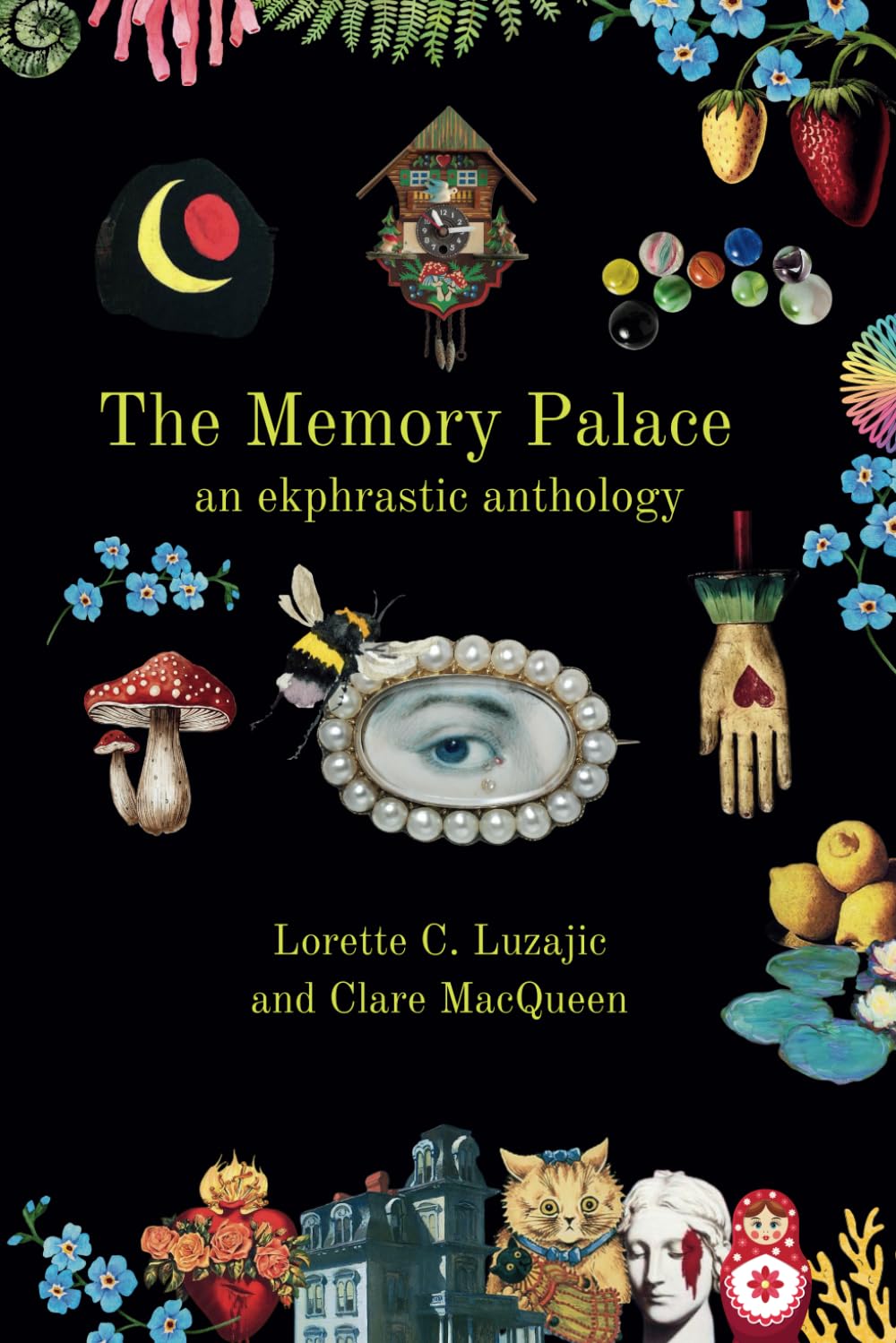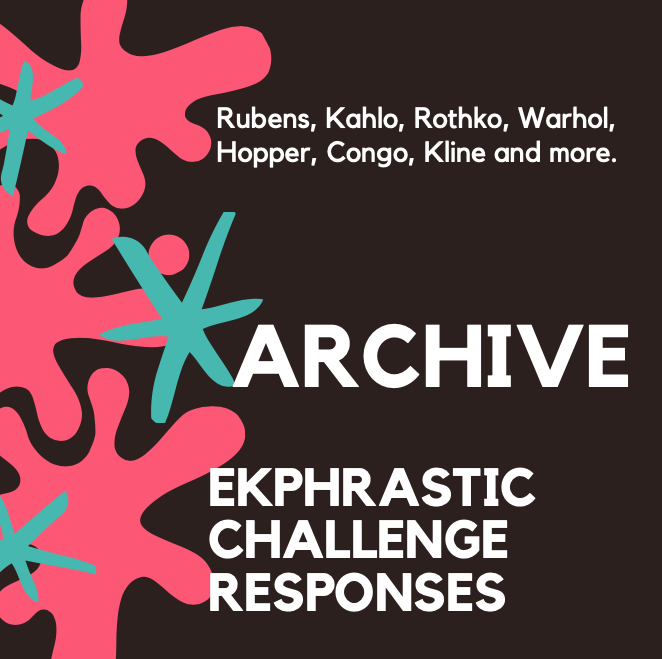|
The Lovelorn Trees of Cozumel The Mayan Dryad, a distant cousin of the Saguaro Nymph, is an exemplar of adaptive evolution. A forest of photosynthetic sunbathers along the beaches of Cozumel take root in loamy homes and practice their supine stretches and come-hither eyerolls. Meanwhile, mainland Homo sapiens get SPFed and sunblistered. Like the Yucatecan Melipona, whose meanderings and sugar cravings gave us vanilla pods, the Mayan Dryad symbiotizes with the flora and fauna of the island: lonely crustaceans scuttling across the bottom of the bright blue Gulf; verdant chains of besotted kelp (Laminaria tantalus) that eternally reach for chlorophylled legs; boatsful of well oiled, libidinous tourists; and a somber sun that glowers over the shores of reproductive isolation. According to unpopular myth, Mayan Dryads are the wayward offspring of Hun Hunahpu, who showered all his affection on the Maize Sprites of Chiapas. The god's rationed attention fomented rebellion in his beachbound children, thus they don't grow crops, don't go to school, and spend their days surfing, while their nights are passed making angels out of anguish. Edwin Alanís-García Edwin Alanís-García is the author of the chapbook Galería (Ugly Duckling Presse, 2019). His writing has appeared or is forthcoming in The Acentos Review, The Kenyon Review, Periphery, and Tupelo Quarterly. He received an MFA in Creative Writing from New York University and is currently a graduate student in Philosophy of Religion at Harvard Divinity School.
0 Comments
Your comment will be posted after it is approved.
Leave a Reply. |
The Ekphrastic Review
COOKIES/PRIVACY
This site uses cookies to deliver your best navigation experience this time and next. Continuing here means you consent to cookies. Thank you. Join us on Facebook:
July 2024
|




